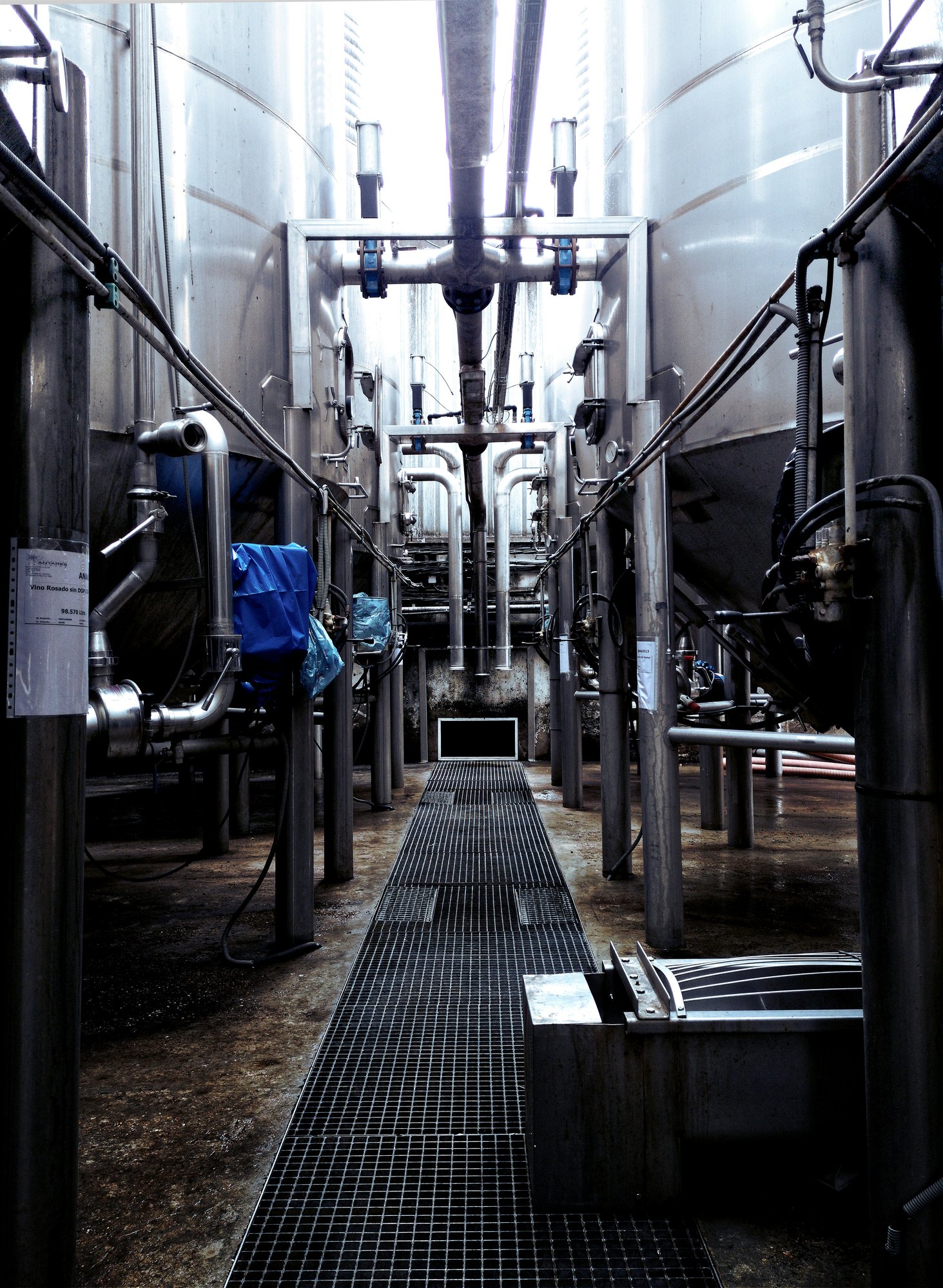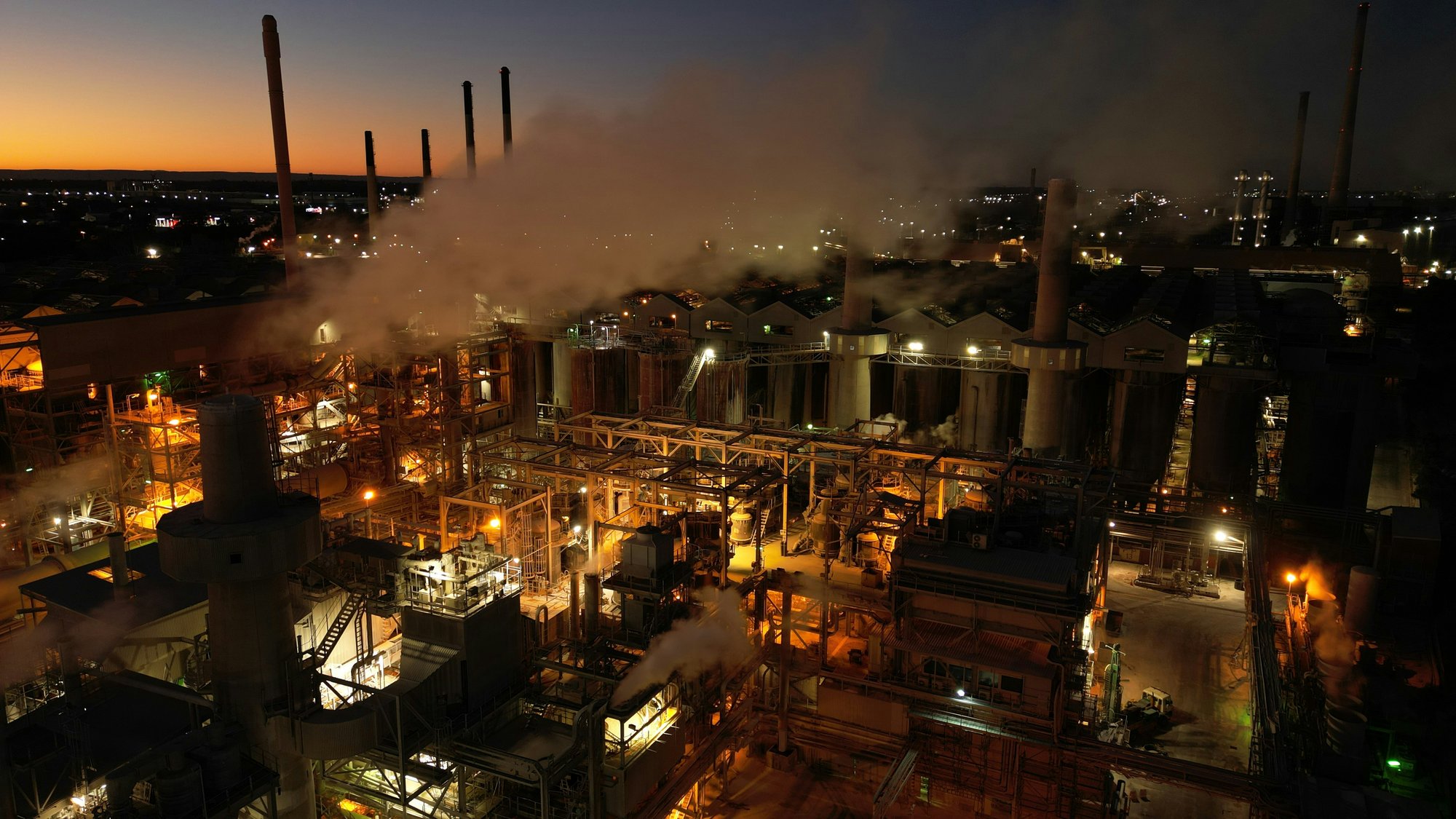Industrial Processes
Biofilms & Industrial Processes
Biofilms pose significant challenges in various industrial processes due to their ability to form resilient microbial communities leading to material or equipment degradation, reduced efficiency, and the production of foul odours. Biofilms can harbor pathogenic bacteria, posing serious health risks to employees and customers. Biofilm formation in pipelines can induce corrosion and blockages. They can also reduce heat exchange efficiency, increase energy consumption, and their presence necessitate frequent cleaning. These structured microbial layers are difficult to remove and can resist chemical disinfectants, making maintenance more complex and costly. Regular monitoring and early detection are critical for preventing biofilm establishment. Understanding how biofilms form, the risks they present, and the most effective strategies for prevention and removal is essential for maintaining safe, efficient, and compliant industrial operations.
Oil & Gas
Water Treatment, Filtration & Cooling waters
Paper Production Industry
The Leather Industry
The Textile Industry
Wet State Product Production
(Paint / Coating manufacturing, Adhesive production, cosmetic and personal care)
Biofilms present a significant concern in the manufacturing of liquid products including paints, coatings, adhesives, and cosmetics due to the inherent susceptibility of water-based formulations to microbial contamination. Biofilm-forming microorganisms can colonise mixing tanks, pipelines, and storage vessels, leading to product spoilage, viscosity changes, discoloration, and unpleasant odours as well as consumer safety concerns. Biofilms can persist on manufacturing surfaces and in partially processed products, introducing a microbial load that either overburdens or even resists standard preservatives and can compromise product stability. The resilience of biofilms to cleaning and sanitisation procedures necessitates stringent hygiene practices, the use of broad-spectrum preservatives, regular microbial monitoring, and equipment designs that minimise dead zones where biofilms can develop and persist.

Landscape of biofilm regulations and standards
While direct regulations on biofilms within industrial processes are sparse, the control of biofilm production is embedded within broader frameworks for hygiene, contamination, and corrosion control. Industries rely on a combination of international standards, national regulations, and industry-specific guidelines to inform decision-making with regards to process treatments. As awareness grows, we can expect the development of more explicit biofilm-focused standards and the increasing availability of biofilm-specific treatment, detection and monitoring technologies. The effective regulation of biocide treatment chemistries will require the development of new laboratory simulation methods to enable their effectiveness to be assessed.

Goals of the Biofilm Alliance in Enhancing regulation and standards
Join our community
Join us on our mission to improve biofilm-specific regulation and standards within the UK food sector, reducing the burden on public health and the economy!
